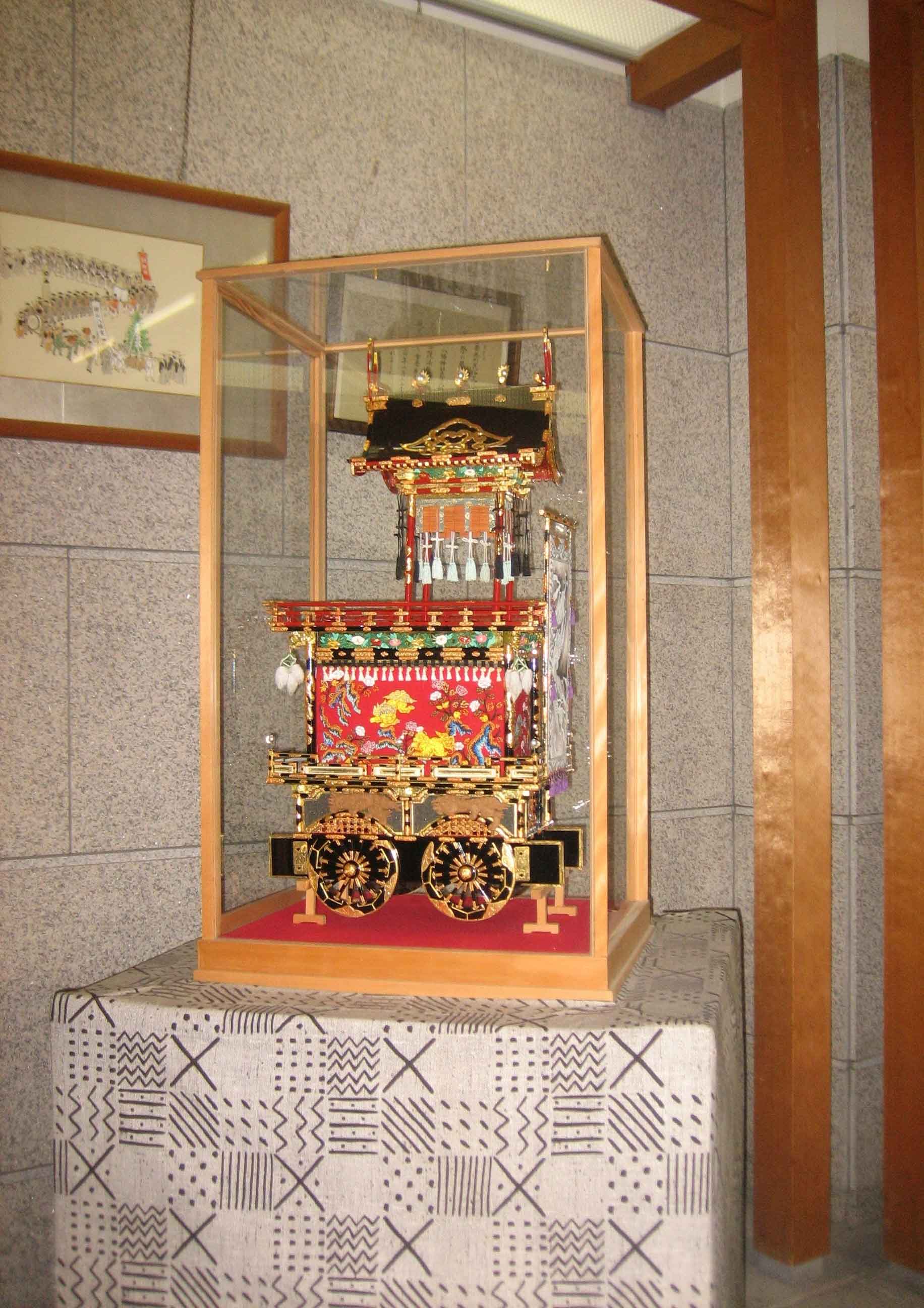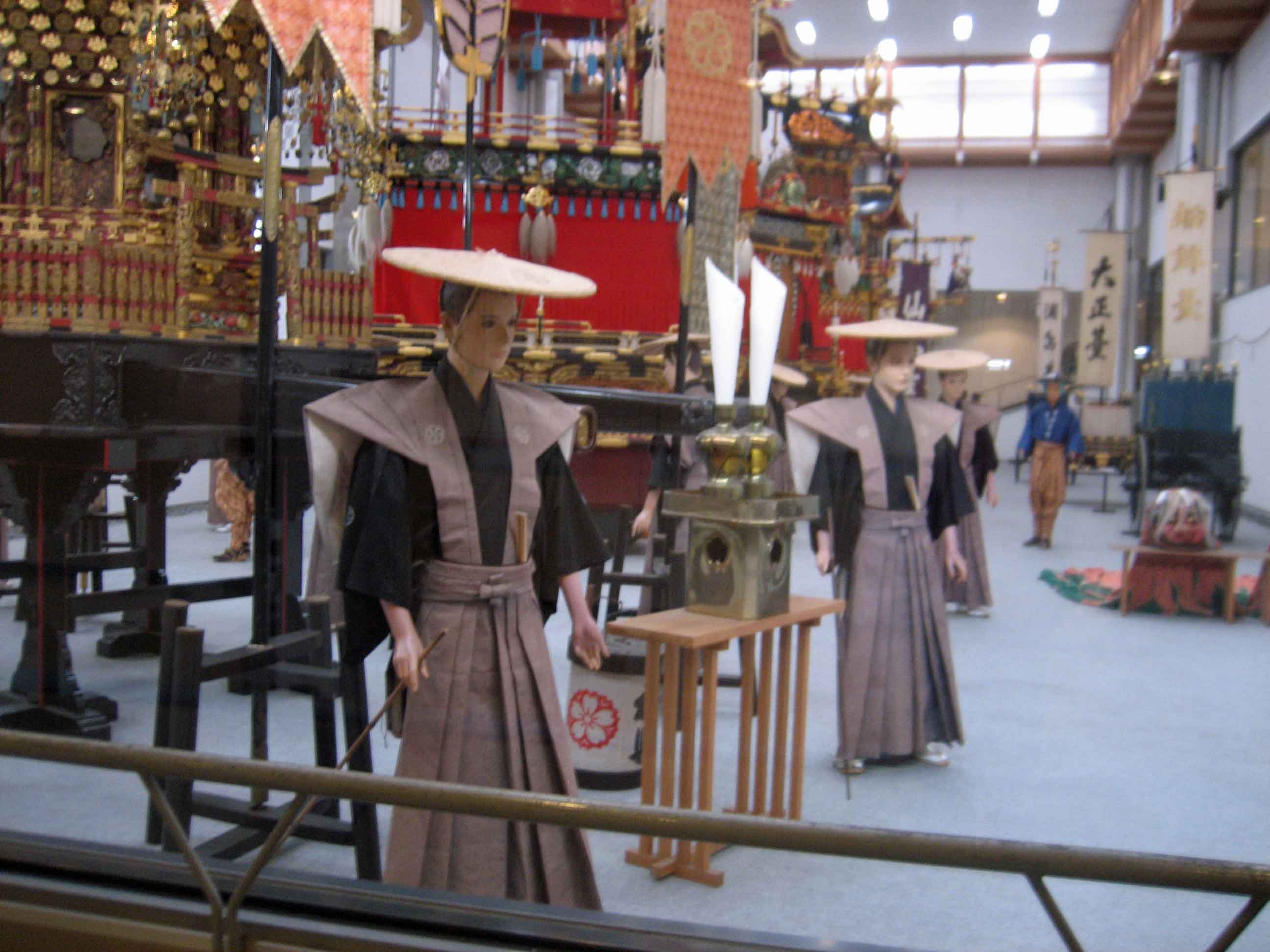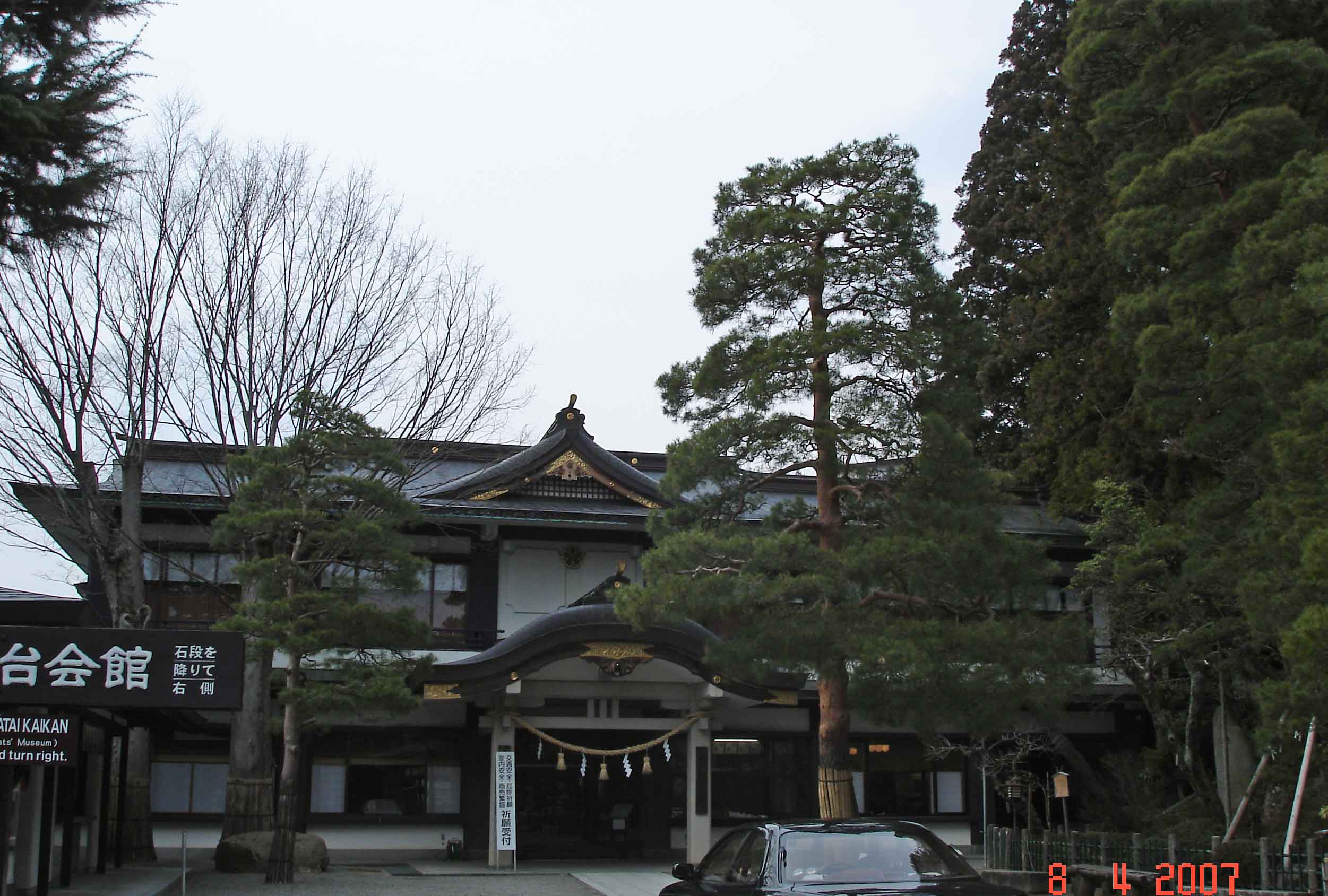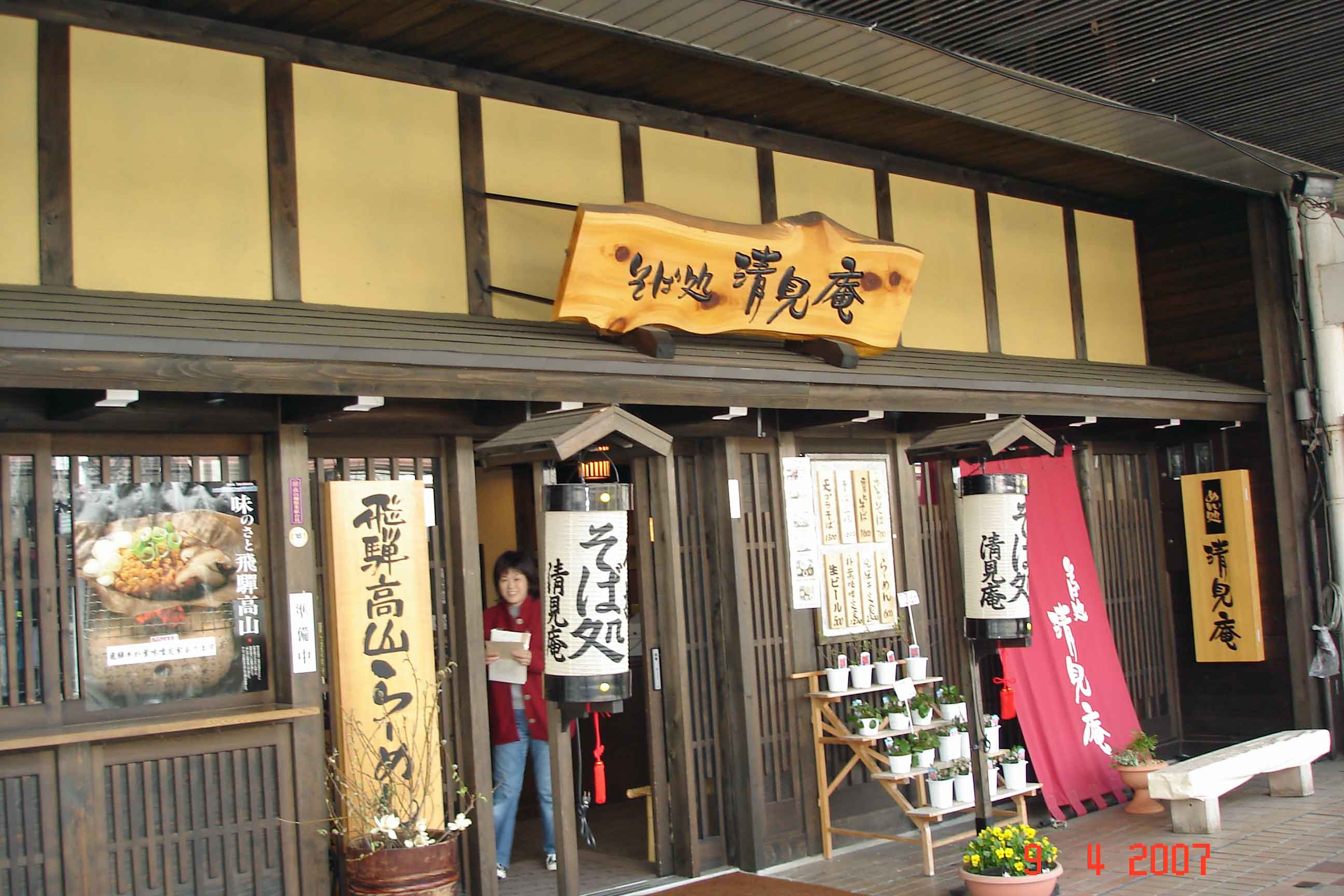 This photo of Takayama Festival Floats Exhibition Hall is courtesy of TripAdvisor
This photo of Takayama Festival Floats Exhibition Hall is courtesy of TripAdvisor
Takayama Festival Float Exhibition Hall
Takayama is famous for the Sanno-machi Historic District (old town area) and the biannual Takayama Matsuri (Festival). The Takayama Matsuri considered one of the most beautiful festivals in Japan with ancient (17th century) floats being pulled through the town. Our guide told us that this was particularly spectacular at twilight when special Chochin lanterns highlight the gilded floats; the vibrant colors of the floats reflecting in the streams as the procession passes over the many red bridges in Takayama.
Spring and Autumn Festivals in Takayama
There are two festivals, the Spring Festival (April 14th and 15th) and Autumn Festival (October 9th and 10th). The Spring Festival is held to pray for a good harvest and the Autumn Festival is for giving thanks after harvesting the crops.
The Takayama Festival began over 350 years ago as a simple village ceremony. Hida became an important timber producing and distributing area. As it prospered it attracted many brewers, merchants,craftsmen and woodworkers. The wealth of the region grew and friendly competition started between communities. Supported by wealthy merchants in the district, the floats (Yatai) made from local timber, became richer in color, decoration and design work every year that passed.
Festivals and Floats
I guess there are floats and there are floats. Having seen many floats in parades and festivals over the years I had no expectations. I was so wrong. These are magnificent floats of such extraordinary beauty and color, intricate wood carving, lacquered and gilded designs, decorative metalwork, outside and inside. The floats are also adorned with richly embroidered drapery. The skill of the craftsmen is amazing. The carving and artisan skills is something everyone can appreciate. No wonder the craftsmen of Takayama are regarded so highly for their work. The floats over 300 years old and still magnificent,are a true testament to their skills and craftsmanship.
The Festival Float Exhibition Hall lies in the precinct area of the Sakurayama Hachiman Shrine. There are only four floats on display in the exhibition hall at any one time. Normally the floats are kept in special thick-walled storehouses (Yatai-guru) with high doors. The eleven floats rotated three times a year in the exhibition hall.
The exhibition hall has a wonderful glass display area with a walkway allowing you to see the floats from every angle. Easy viewing from all sides. Life-sized models of Samurai stand beside the floats, as they would be seen when locals take the part in the procession dressed in the costumes. The festival is a ‘must see’ if you are in Takayama in Spring or Autumn. If not, don’t miss out on seeing the floats, visit the Festival Float Exhibition Hall and admire these magnificent works of art.
Sakurayama Nikko Kan
The Nikko Kan Museum has a one-tenth replica of the Nikko-Toshogu Shrine outside Tokyo. Nikko Toshogu enshrines Leyasu Tokugawa (the first general of the Tokugawa shogunate).This Masterpiece of miniatures, took 33 skilled artisans fifteen years to complete during the Taisho era (1912-1925).
There are 28 buildings at Nikko Toshogu Shrine including the Main Shrine, Worship Hall, Five storied pagoda, magnificent Yomeiman Gate (Sunset Gate) etc. The replicas are intricately detailed and the workmanship delicate and beautiful. Above, the Rinzo Library of Buddhist scriptures, exquisite, one of the 28 buildings at Nikko. There are some 100,000 pieces of miniature components. That’s actually not difficult to believe when you see the display. I would have loved to have taken just ‘one piece’ of this exquisite art home with me! If you haven’t been to the Nikko Toshogu Shrine outside Tokyo, the miniature version will give you an idea of what you have missed. The Museum display has a computerized lighting system to reproduce the sunrise and sunset at Nikko.
Admission Fee: 820 yen – covers a visit to both the Exhibition Float Hall and Nikko Kan.
Remember when you are on a small group tour , the fees for these visits are already included in the package, as well as most meals.Tonight we expect to eat out, so keeping our eyes open for a likely restaurant. Working up an appetite with all this walking. Some of the restaurants looked very inviting on our walk to the shrine precinct. Notice how the dark soot painted, timber buildings and the Edo architecture with the slender lattice-work (konushi) , lends itself so well to the Japanese banners and decorative forms.
Next, a visit to the Sakurayama Hachiman-gu Shrine….
Related Posts:





Speak Your Mind